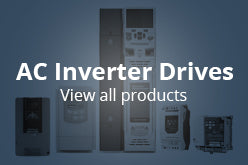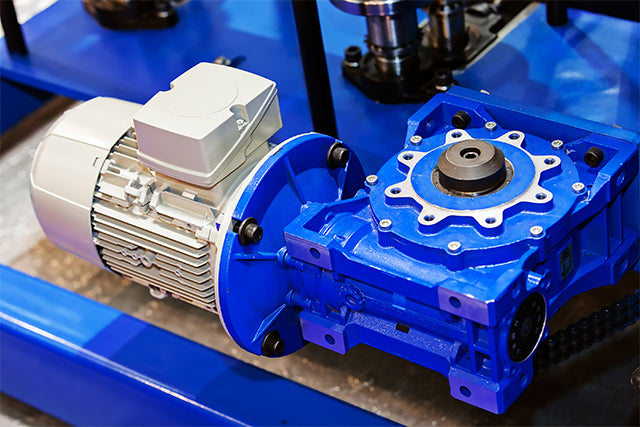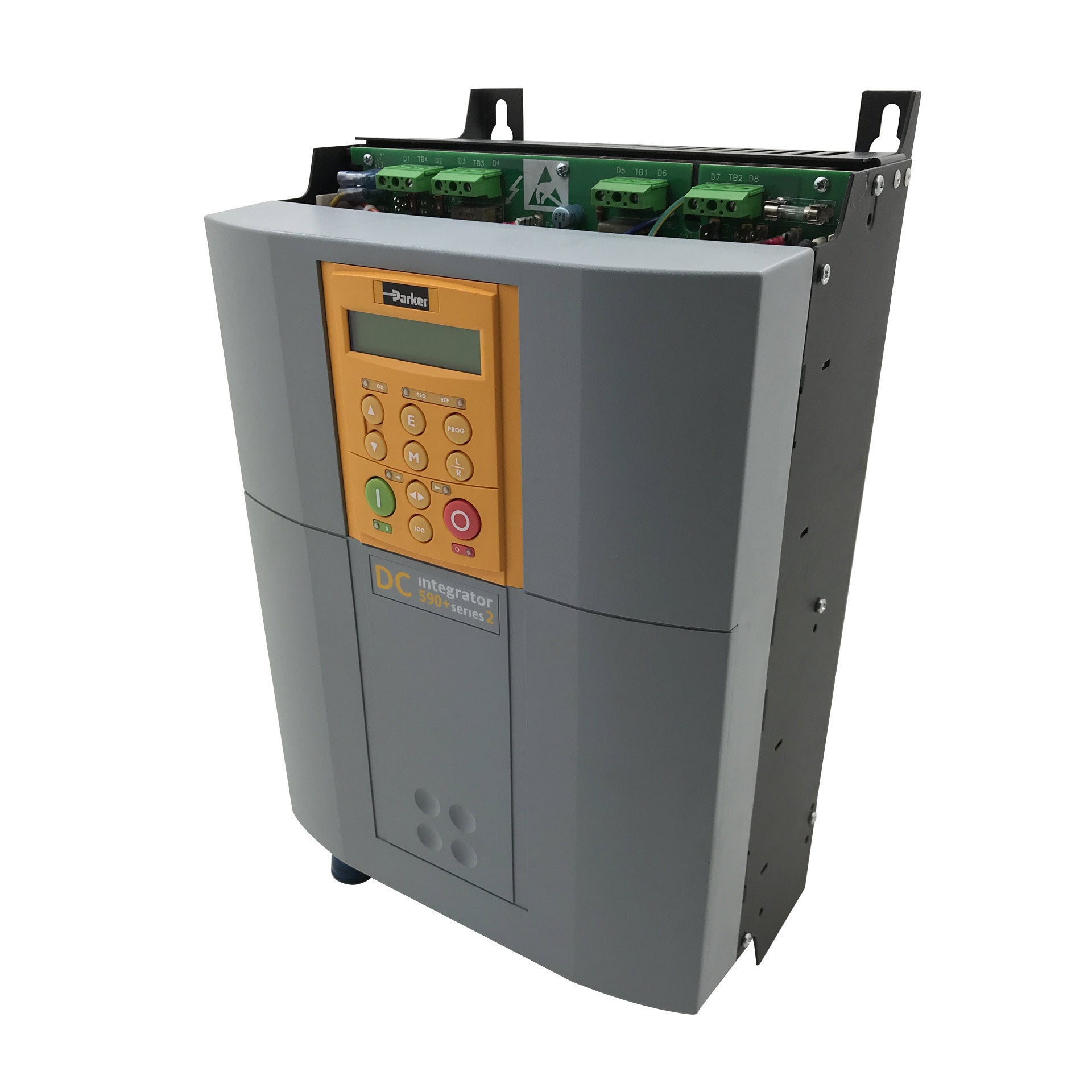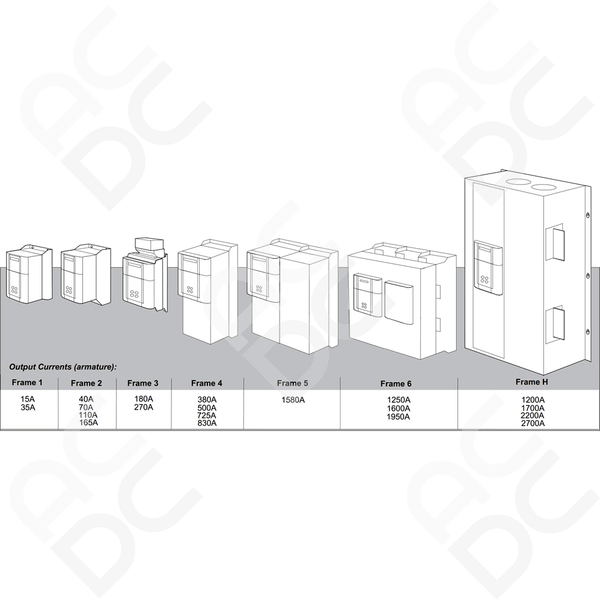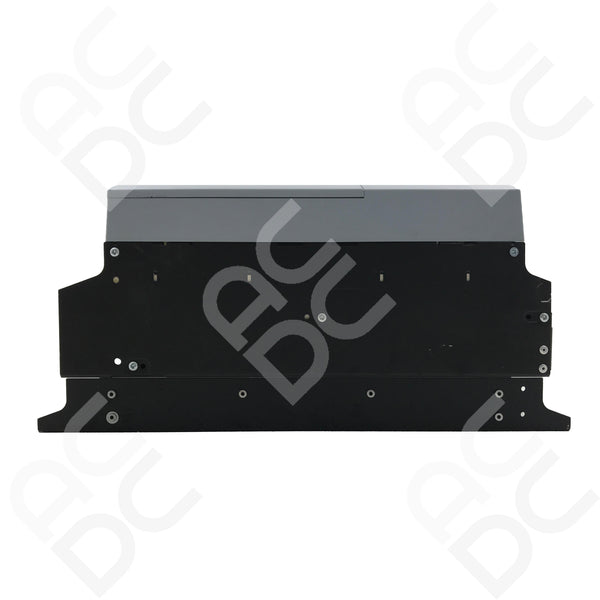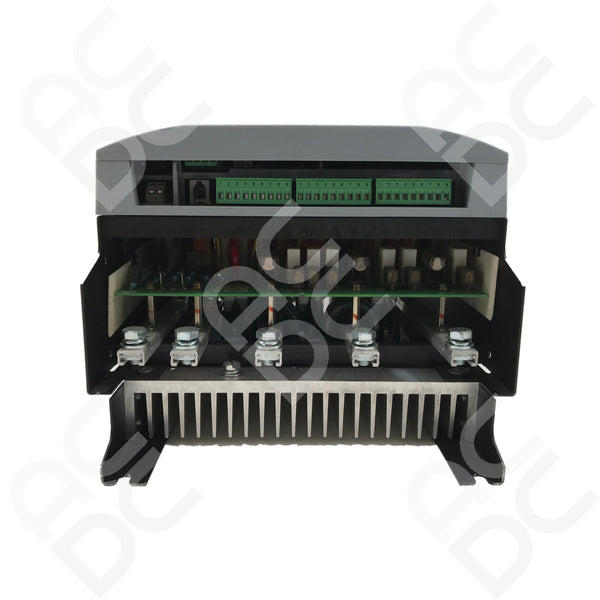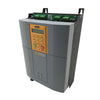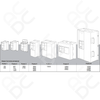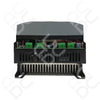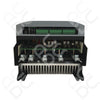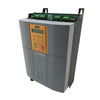Parker SSD 590P 725A 4Q - 220-500V 3PH (115V AUX Supply)


Parker SSD 590P 725A 4Q - 220-500V 3PH (115V AUX Supply)
Product Code: 113715
Delayed
NB: Please allow for manufacturer lead time, contact us to confirm availability.
£11,263.07
Next Working Day Delivery* Please allow an extra working day for Scottish Highlands, Northern Ireland, Channel Islands and Isle of Man (Carriage may be extra for these areas).
Please Note:
To suit our international customers, all prices are displayed ex-VAT. Taxes will be added at Checkout.
Next Working Day Delivery is affected by bank holidays,
More Info.
Have a question?
NB: Please allow for manufacturer lead time, contact us to confirm availability.
Parker DC590P 725A 220-500V Input 4Q DC Thyristor Drive - 590P-53372541-P00-U4V0
Parker DC590P 4Q 725A
Power Output: 725A | 3PH
Power Input: Three Phase 220-500V
Output Current: 725A
Frequency Input: 50 - 60Hz
Frame Size 4 Dimensions
| Weight(kg) | Width | Height | Depth |
|---|---|---|---|
| 32kg | 253mm | 700mm | 358mm |

DC590P 725A Onboard
- 8 x Analog I/O
- 12 x Digital I/O
Parker DC590P Features
Reliable
The Parker 590 4Q DC drive takes DC motor control to a new level, with a 32 - bit microprocessor to assist its processes, the DC590 is highly functional, saves energy and has an extensive speed control.
Extensive Range
The DC590 series ranges from 1 Amp - 2700 Amps to suite every one of your needs to control motors and replace your DC drive systems. The 590 has a range of simple interface options that are compatible with the most common feedback devices enabling simple motor control with your range of electric motors.

Intuitive Design
Featuring an intuitive menu structure, the ergonomically designed operator panel allows quick and easy access to all parameters and functions of the drive via a bright, easy to read backlit display and tactile keypad. Additionally, it provides local control of start/stop, speed demand and rotation direction to greatly assist with machine commissioning.
Flexible Programming
Function Block Programming is a tremendously flexible control structure that allows an almost infinite combination of user functions to be realised with ease. Each control function (an input, output, process PID for example) is represented as a software block that can be freely interconnected to all other blocks to provide any desired action.

